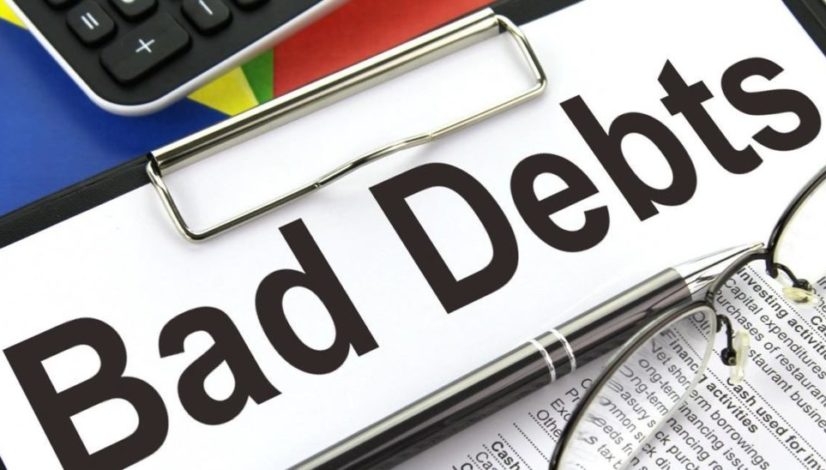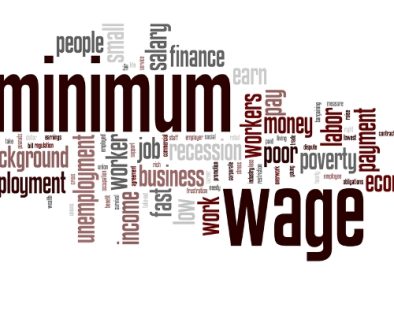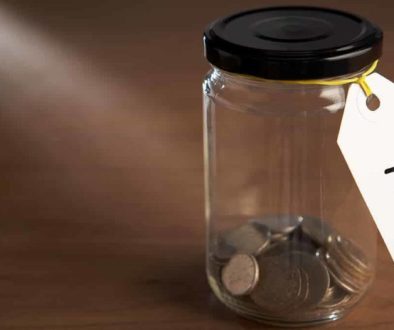Bad Debts
Many business’ make sales to customers on a credit basis. When these remain unpaid and there is no doubt that it will ever be paid (or paid off) it can be deemed as a bad debt, provided the sale has been disclosed as assessable income. Many business’ generally expect a certain percentage of their credit sales to turn into bad debts, although this situation is never ideal.
A bad debt is defined as a debt that is not collectable and therefore worthless to the business entity. This occurs after all attempts are made to collect the debt. Bad debts usually occur where the debtor has disappeared, gone bankrupt, gone into liquidation, or the costs of collecting the debt out- weigh the expected realisation amount.
From a tax perspective bad debts that have previously been brought to account by the taxpayer as assessable income are deductible. Bad debts in respect of money lent in the ordinary course of a moneylending business are also deductible.
Tips when writing off bad debts:
• A deduction is only allowed in the year in which the bad debt is physically written off. So, taxpayers need to review and write off bad debts prior to 30th June to get the deduction in that financial year.
• A deduction is only allowed for bad debts written off, not doubtful debts.
• For bad debts to be written off in the financial statements, they are required to be in writing.
• Accrual taxpayers are able to claim the GST back from the ATO on bad debts written off.
• The taxpayer must actually be able to show they tried to collect the debt, but they were unable to. This will be evidenced by collection letters, phone calls, legal action, etc.
Our team at Gerard Wilkes & Associates are here to help. If you have any questions regarding this article, or would like to discuss your taxation matters further, please contact us at https://www.wilkes.com.au/contact-us/ or call our office 07 5532 1733.




